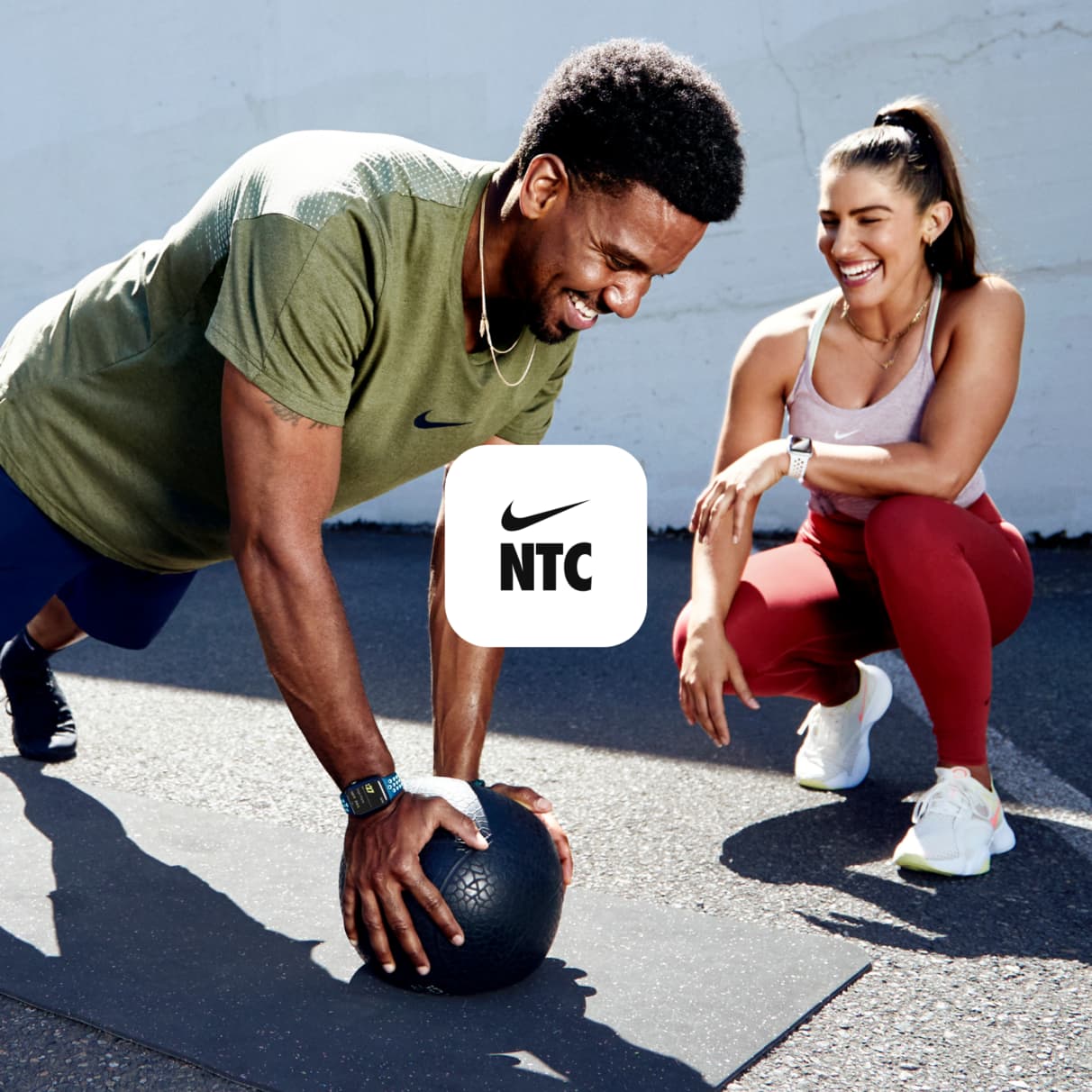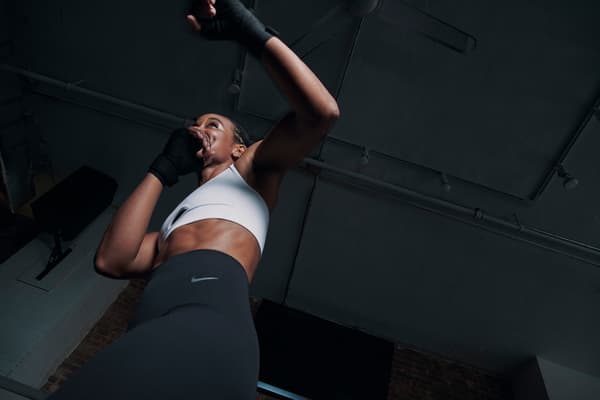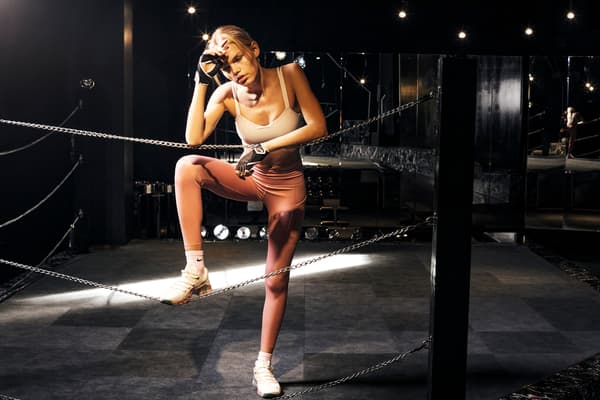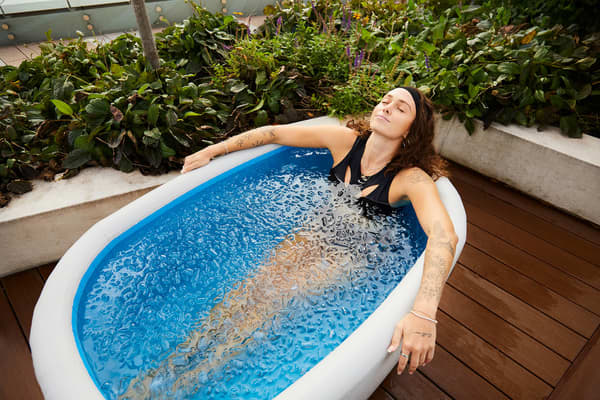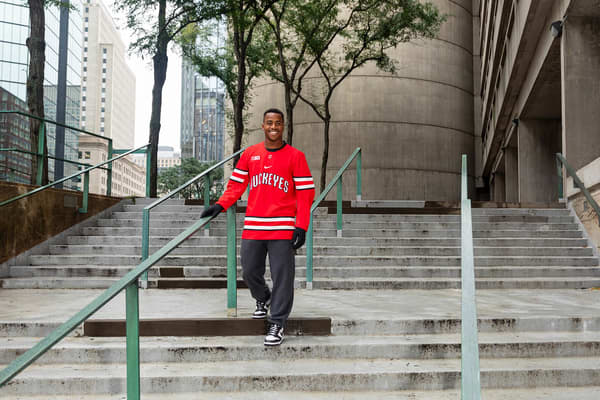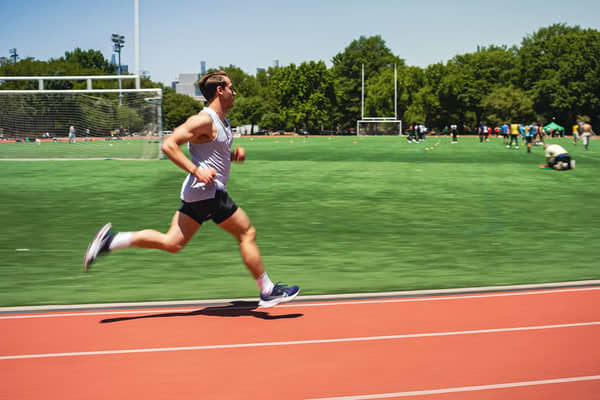Every position in ice hockey, explained
Sport & activity
Coaches and ice hockey experts break down every player's role in the game, from the goalie to the defenceman.
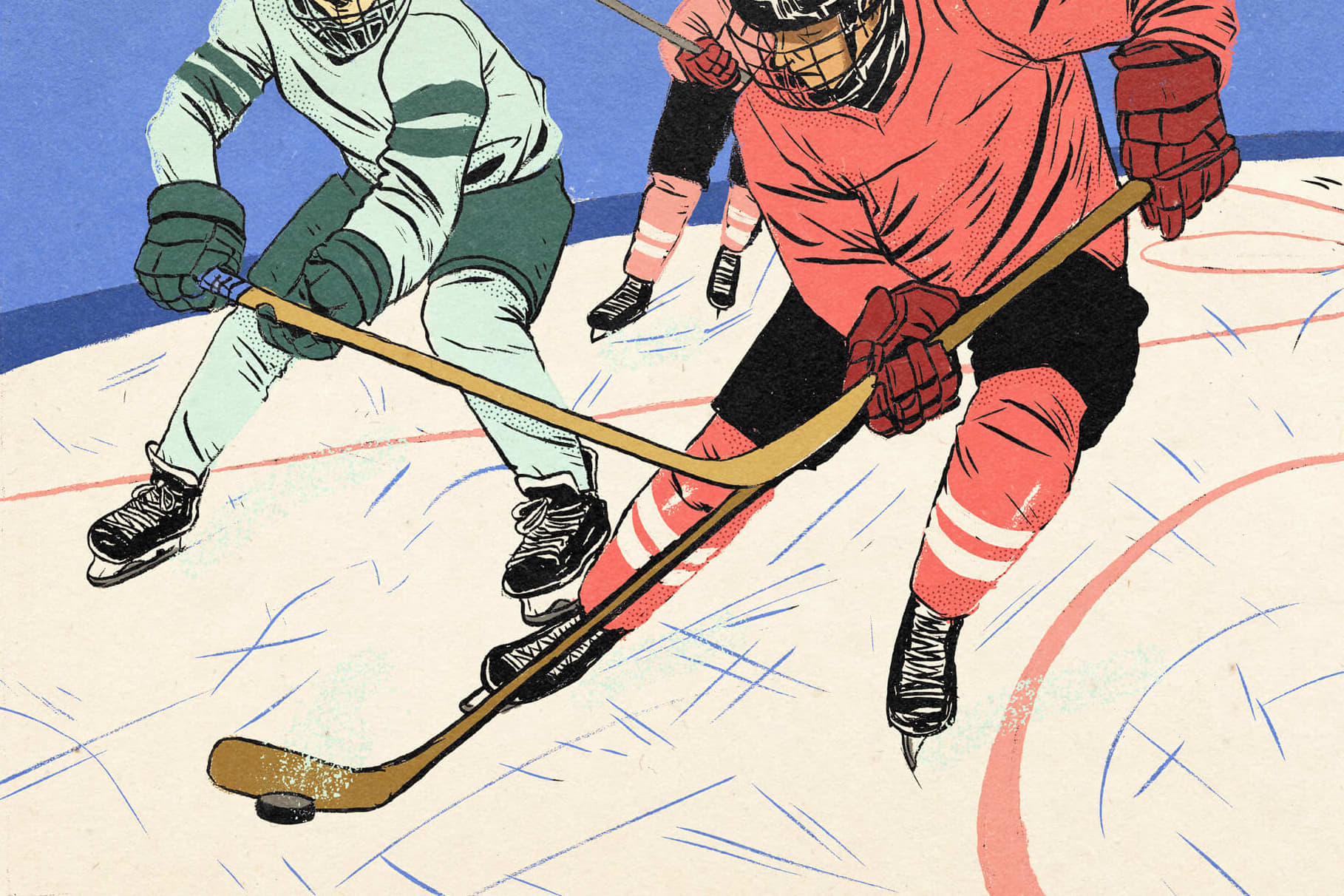
Variations of hockey have been documented for thousands of years, with historical records indicating an ancient form of the game was played as far back as 2,000 BC. While organised field hockey emerged in the mid-18th century, a formal set of rules didn't come along until 1876. The year before, an indoor ice hockey game was held in Montreal—the first of its kind—and many of its "rules" were borrowed from field hockey. With so many evolutions of the sport, it's no surprise that ice hockey positions have been refined and polished in more recent years.
"If you go back to the history of our sport, there were clearly defined positions and fairly strict rules that players and coaches would operate under", said Ken Martel, senior director of player and coach development for USA Hockey. Players, for the most part, stuck to their assigned roles.
Fast-forward to today and the six player positions have evolved to be somewhat interchangeable, largely due to players' impressive skill sets and advanced ice hockey equipment—both of which play a part in improving athletic performance. That's why it's common for professional ice hockey players to alternate positions throughout their careers.
Positions in ice hockey—explained
Ice hockey players create a triangle on the ice. This formation is composed of three offensive positions made up of forwards—one on the centre and two wingers—two players in the defensive zone and a goalie. To mark the start of a game, a referee blows the whistle and drops the puck on the ice. In response, players in the offensive zone work to move the puck towards the other team's net, whereas those on defence try to block the puck from entering their team's net.
Ahead, Martel and Matt Deschamps, assistant ice hockey coach at the University of Michigan, break down every ice hockey position. Read about the responsibilities and skills required to succeed in each of the six ice hockey positions.

Centre
As the name implies, the centre is in the middle of the action. At the start of the game, this player lines up directly across from the other team's centre player, and the two compete to gain control of the puck once the referee drops it on the ice. This moment is known as the face-off.
The centre's role in the face-off is critical—it's the first opportunity to get possession of the puck and move it down the ice towards the other team's net to score a goal. But the centre's job doesn't end there. "The centre is one of the most versatile players in the game", Deschamps said. Because centres cover a lot of ice to support their teammates, they need strong offensive and defensive skills.
Centres also have to be fast-acting when it comes to decision-making, commonly referred to as hockey IQ. Deschamps noted that centres' hockey IQ (also known as "hockey sense") has to be pretty high, as the person in that position often needs to process information and react quickly in the heat of the game.
Left wing and right wing
The other two forwards in the offensive zone are the left wing and right wing ice hockey positions. Also referred to as the wingers, these players start the game on either side of the centre and help move the puck towards the opposing team's goalie. They also assist the defenders when the other team is in possession of the puck.
Wings are stationed in close proximity to the sides to collect the puck along the boards (or the low wall that borders the rink) and return the puck to the centre of the ice.
"Not that the defence and centre won't [collect the puck], but wings are usually in the area where that would happen", Martel said. Often, this means competing against an opposing player to gain control of the puck via strikes or manoeuvres that create space for passing and making goals.
Depending on the wing's dominant playing side (left- or right-handed), coaches may assign wings on their alternative side for ease of passing. For instance, if you're left-handed, you might play right wing as this positioning increases your shooting angle, which, in part, increases your chances of scoring. However, personal preference is also a factor.
Left defence and right defence
Behind the forward players are the left defence and right defence players. Positioned closer to their team's net, these players help stop opposing players from scoring a goal through strong skating skills. "In particular, defenders have to skate well both forwards and backwards", Deschamps said. Backwards skating comes in handy when trying to steal the puck from an opponent.
Like the other players, defenders need solid hand-eye coordination and stick-handling prowess. However, Martel noted that they often have to use these skills in high-pressure situations, like when the puck is in danger of entering their team's net. Players who are able to remain calm and focused in these scenarios tend to be especially successful defenders.
To block offensive players from reaching the net, defenders have to be physically assertive. "A lot of that [physicality] is bumping and stopping players on the wall", Deschamps said.
Goaltender (or goalie)
The goaltender has the most straightforward function on the ice: keep the puck from entering the net.
Goaltending is more complex than simply blocking shots from the opposing team. This player also needs to manage the puck to direct the rebounding puck towards fellow teammates. And if the puck does bounce back into the opposing team's control, the goalie has to be ready to block another shot. As such, agility and quick reaction times are key to successful goaltending.
A strong mental attitude is also important. If you make a mistake as a forward or defender, it may not be as noticeable as making a mistake as a goalie. As a goalie, if you slip up and the opposing team makes a goal, you may feel like the blame falls on you.
"So you have to be able to shrug off some disappointment and be able to rebound and put yourself right back into a good frame of mind", Martel said.
While the other players' positions are often interchangeable, the goaltender typically isn't. "The goaltending position is almost like a different sport, just because the way they skate and the confines of being in that net is much different [from the other positions]", Deschamps said.
Words by Lauren Bedosky
